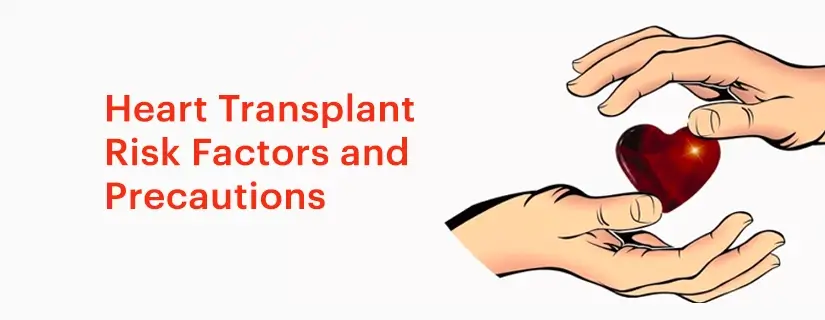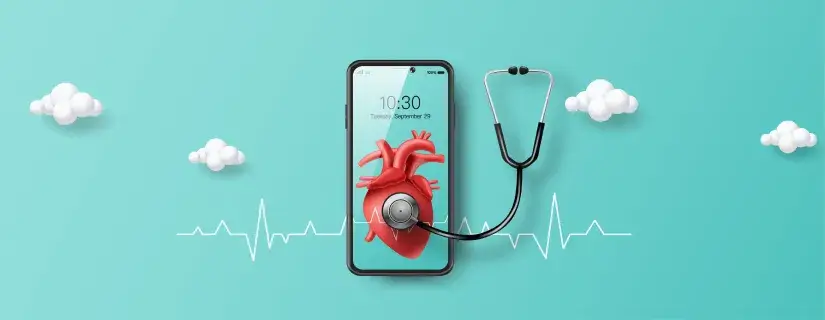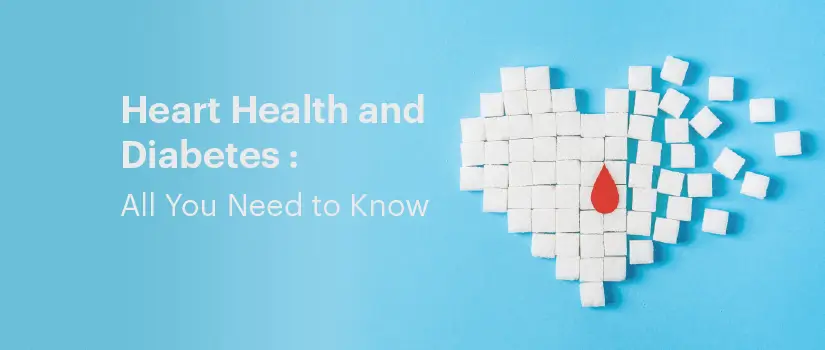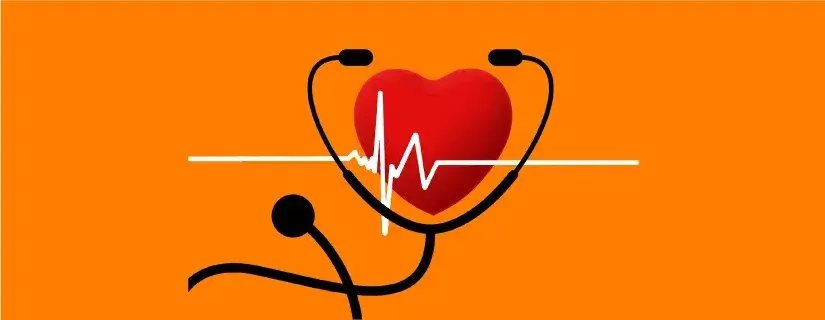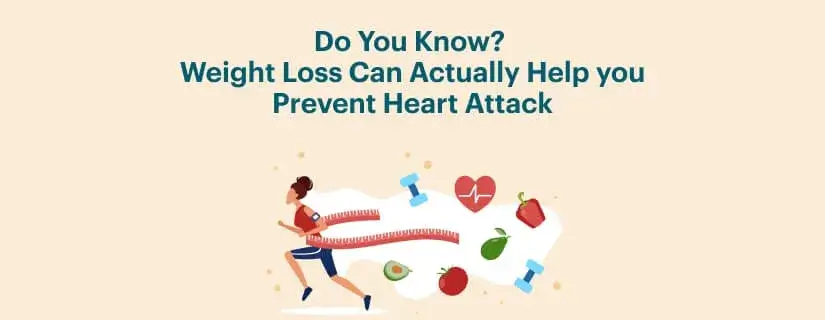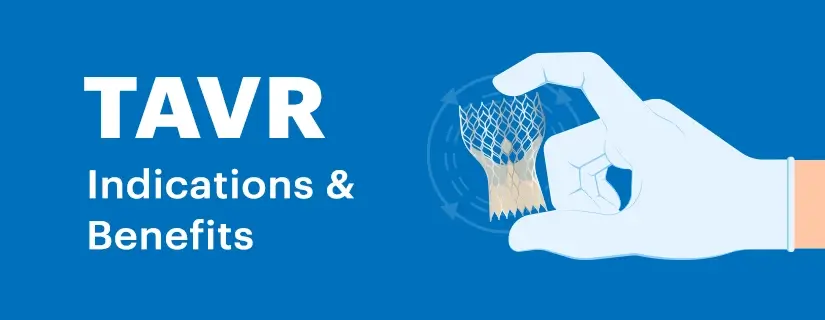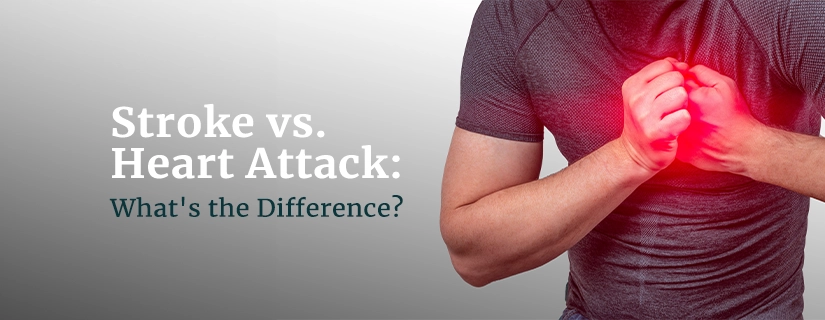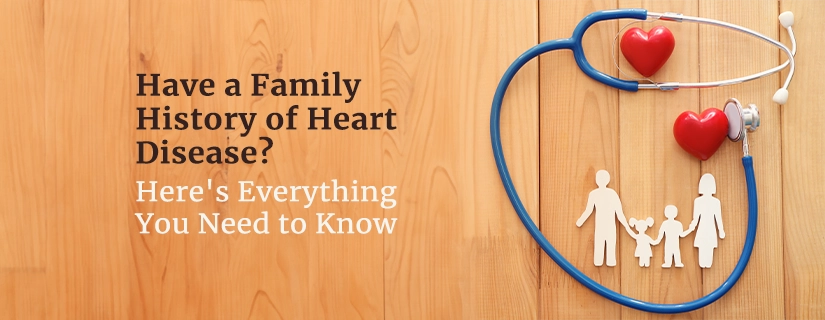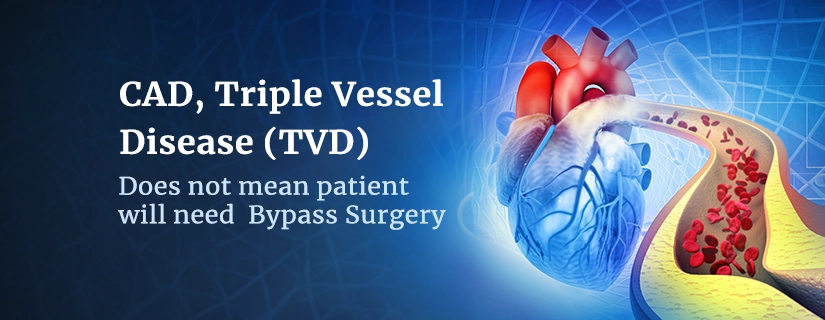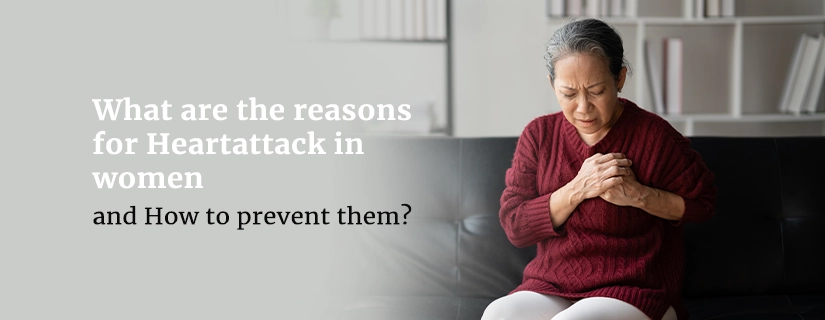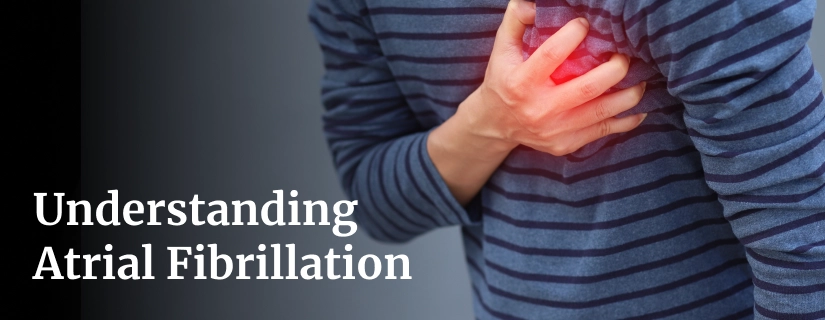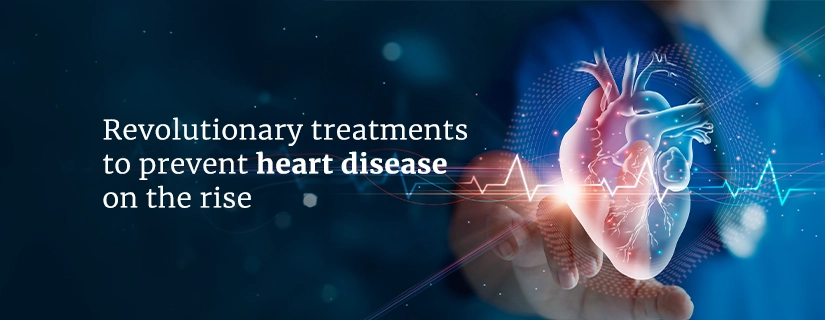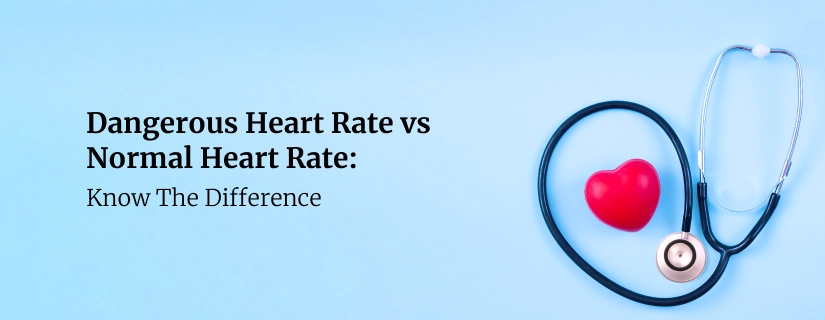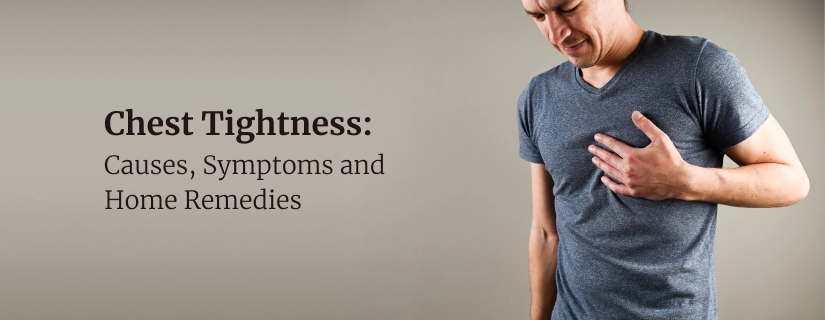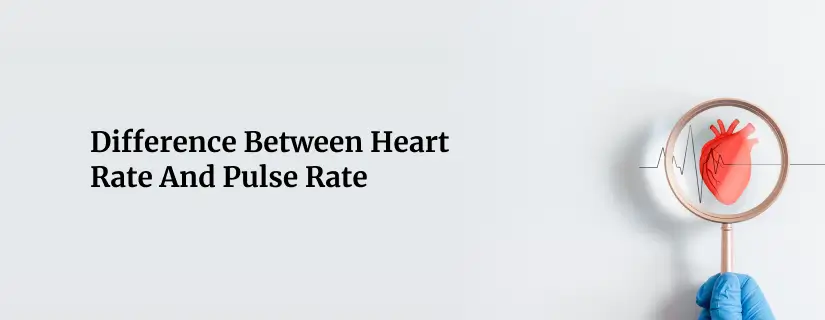-
Doctors
-
Specialities & Treatments
Centre of Excellence
Specialties
Treatments and Procedures
Hospitals & Directions HyderabadCARE Hospitals, Banjara Hills CARE Outpatient Centre, Banjara Hills CARE Hospitals, HITEC City CARE Hospitals, Nampally Gurunanak CARE Hospitals, Musheerabad CARE Hospitals Outpatient Centre, HITEC City CARE Hospitals, Malakpet
HyderabadCARE Hospitals, Banjara Hills CARE Outpatient Centre, Banjara Hills CARE Hospitals, HITEC City CARE Hospitals, Nampally Gurunanak CARE Hospitals, Musheerabad CARE Hospitals Outpatient Centre, HITEC City CARE Hospitals, Malakpet Raipur
Raipur
 Bhubaneswar
Bhubaneswar Visakhapatnam
Visakhapatnam
 Nagpur
Nagpur
 Indore
Indore
 Chh. Sambhajinagar
Chh. SambhajinagarClinics & Medical Centers
Book an AppointmentContact Us
Online Lab Reports
Book an Appointment
Consult Super-Specialist Doctors at CARE Hospitals
Normal Heart Rate: Range, When It's Dangerous, and More
Updated on 11 December 2023
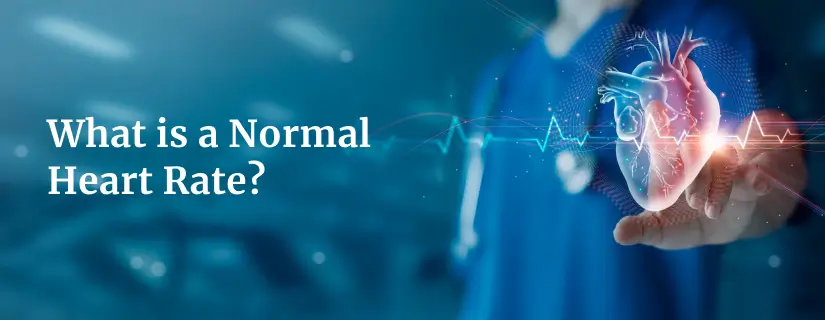
Table of Content
- What is Your Heart Rate?
- Is There a Difference Between Your Heart Rate and Your Pulse?
- What’s a Normal Resting Heart Rate?
- Factors That Can Affect Resting Heart Rate
- How to Maintain a Normal Heart Rate?
- What is the Maximum Heart Rate?
- When is it an Emergency?
- How to Check Your Own Heart Rate?
- When to See a Doctor?
- Conclusion
- FAQs
The heart rate, the number of times the heart beats per minute, is a vital sign that indicates the efficiency of the heart's functioning. As our activities change during the day, so does our heart rate, which increases and decreases to meet our changing oxygen needs. A person's heart rate might be different from "normal" for them. On the other hand, an abnormally high resting heart rate or a low maximal heart rate might indicate a risk of heart disease or another related underlying illness. Understanding what constitutes a "normal" heart rate is crucial in assessing overall health.

What is Your Heart Rate?
The total number of times the heart beats in a minute is known as the heart rate. It's a fundamental indicator of cardiovascular health and can be affected by various factors such as activity, emotions, and overall health status. Our body automatically regulates our heartbeat to correspond with our actions and external stimuli. Therefore, it increases when we are agitated, fearful, or excited and slows down when we are relaxed, at ease, or sleeping.
Is There a Difference Between Your Heart Rate and Your Pulse?
The terms "heart rate" and "pulse" are often used interchangeably, but they slightly differ. Heart rate refers to the number of times the heart contracts, while the pulse is the throbbing sensation felt at various points in the body when the heart beats. The body's network of arteries is squeezed, and blood is propelled during each heartbeat. The pulse is an irregular rise in arterial pressure caused by the heart pumping more blood to maintain circulation.
What’s a Normal Resting Heart Rate?
A normal resting heart rate is the heart rate when the body is at complete rest, typically measured when a person is calm, seated, and hasn't engaged in physical activity for some time.
- Normal Resting Heart Rate for Adults: For most adults, a resting heart rate falls between 60 to 100 beats per minute. However, well-trained athletes may have resting heart rates below 60, which is a sign of their cardiovascular fitness.
- Normal Resting Heart Rate for Kids: Children's heart rates vary widely, but a normal resting heart rate for kids typically ranges between 70 to 100 beats per minute. When children become older, their resting heart rate drops. The following are typical normal resting heart rate ranges:
- Newborns to three months old: 100–150 beats per minute
- Children ages 1-3: 70-110 beats per minute
- At the age of twelve: 55–85 beats per minute
Factors That Can Affect Resting Heart Rate
Numerous factors can influence your resting heart rate, which we have enlisted below.
- Fitness level: The resting heart rate typically decreases with regular activity.
- Physical activity: An individual's heart rate will rise after a period of intense movement.
- Age: Resting heart rate tends to decrease as you get older.
- Sex: Women often have greater heart rates than men do.
- Medication: Certain medications can affect heart rate.
- Emotions: An individual's heart rate increases when they experience stress or excessive excitement.
- Body size: Larger individuals might have lower heart rates.
- Temperature: High or low temperatures can influence heart rate.
- Time of day: Heart rates often drop lower at night.
- Use of substances: Smoking, caffeine, and alcohol are a few examples of illicit substances that might change heart rate.
How to Maintain a Normal Heart Rate?
Maintaining a healthy heartbeat is vital for heart health.
Apart from exercise, there are various other measures individuals can take to protect their heart health:
- Managing stress: Stress can make your heart beat faster and raise blood pressure. Relaxation techniques like deep breathing, yoga, and meditation can help reduce stress.
- Avoiding smoking: Smoking increases your heart rate, but quitting can bring it back to a healthier level.
- Maintaining a healthy weight: Carrying extra weight makes your heart work harder to supply oxygen and nutrients to your body.
What is the Maximum Heart Rate?
Based on age, one may calculate their maximum heart rate. The maximum heart rate is estimated by subtracting the age from 220. However, it is a rough estimate and might vary individually. For example, for a 50-year-old, the predicted maximum age-related heart rate would be 220 - 50 years = 170 beats per minute (bpm).
When is it an Emergency?
It is imperative that someone get emergency medical assistance if they have severe chest pain, fainting, dizziness, trouble breathing, or an irregular and drastically unpredictable heartbeat.
How to Check Your Own Heart Rate?
Using just the fingertips, one may easily check the heart rate along the side of the neck or at the wrist. Place one hand's index and middle fingers slightly below the base of the thumb on the other's wrist and softly press. Or, gently push down on the side of the neck, a little below the mandible. Count the beats for 60 seconds, or you can count for 15 seconds and multiply by 4 to get the beats per minute.
It would be best to repeat a few times and use the average of the three numbers to obtain the most accurate reading. It's also important to take a resting heart rate, therefore do the following:
- Never take a heart rate reading one to two hours following physical activity or a stressful situation. After physically demanding exercises, the heart rate may remain raised.
- Wait an hour after taking coffee since it may elevate the heart rate and create palpitations.
- As prolonged sitting or standing might alter heart rate, avoid taking the reading after such activities.
When to See a Doctor?
If you notice persistent abnormal changes in your heart rate or experience symptoms like chest pain, shortness of breath, dizziness, or fainting spells, it's advisable to visit and consult a healthcare professional for further evaluation.
Conclusion
Understanding the heart rate and recognizing what's normal is vital to maintain good heart health and stay safe. While general ranges exist for a "normal" heart rate, individual variations are common. A person should manage stress, keep a healthy weight, exercise often, follow a nutritious diet, and prevent or give up smoking to maintain a healthy heart rate and preserve the heart.
Keep in mind that our heart rate is an indicator of our cardiovascular health and not just a statistic.
FAQs
1.Can heart rate predict a baby's gender?
Ans:There is a popular belief that fetal heart rate can predict a baby's gender, with higher heart rates suggesting a girl and lower heart rates suggesting a boy. However, scientific evidence does not support this notion. Fetal heart rate varies widely and is influenced by various factors, but it does not reliably indicate the baby's gender.
2. Will heart rate increase after eating?
Ans: Yes, heart rate can increase slightly after eating. This is known as postprandial tachycardia, a normal physiological response to digestion. After a meal, blood flow shifts to the digestive system, causing a temporary increase in heart rate to aid in digestion and nutrient absorption.
3. Will heart rate increase before a heart attack?
Ans: In some cases, the heart rate can increase before a heart attack due to the body's stress response. However, this is not a consistent or reliable predictor of a heart attack. Other symptoms like chest pain, shortness of breath, and sweating are more indicative of an impending heart attack.
4. How is heart rate measured?
Ans: Heart rate can be measured using various methods:
- Manual pulse check: Feeling the pulse at the wrist (radial artery) or neck (carotid artery) and counting beats per minute.
- Heart rate monitors: Wearable devices that use sensors to track heart rate continuously.
- Electrocardiogram (ECG or EKG): A medical test that records the electrical activity of the heart to determine heart rate and rhythm.
4. Which heart rate is dangerous?
Ans: A dangerously high or low heart rate depends on individual factors, including age, fitness level, and overall health. Generally:
- A resting heart rate consistently above 100 beats per minute (tachycardia) or below 60 beats per minute (bradycardia) may be considered abnormal.
- Extremely high heart rates during physical activity or due to underlying heart conditions can be dangerous and require medical attention.
- Bradycardia can be concerning if it leads to symptoms like dizziness, fainting, or chest pain. It's essential to consult a healthcare professional for personalized assessment and management of abnormal heart rates.
ENQUIRY FORM
SELECT CATEGORIES
-
Neurosciences (16)
-
Neurology (37)
-
Neurosurgery (14)
-
Orthopaedics (48)
-
Oncology (33)
-
Obstetrics and gynecology (52)
-
Pulmonology (23)
-
Urology (20)
-
Nephrology (13)
-
Psychiatry (7)
-
Dietetics and Nutrition (111)
-
General Medicine (63)
-
Cardiac Sciences (32)
-
Vascular & Endovascular Surgery and Interventional Radiology (15)
-
Gastroenterology (46)
-
Endocrinology (23)
-
Plastic Surgery (10)
-
Critical Care Medicine (5)
-
COVID-19 (16)
-
Dermatology (16)
-
Emergency Care (1)
-
Ophthalmology (4)
-
Pediatrics (14)
-
Laparoscopic and Bariatric Surgery (8)
-
ENT (15)
-
Kidney Transplant (1)
-
Liver Transplantation and Hepatobiliary Surgery (5)
-
General Surgery (3)
-
Internal Medicine (5)
-
Medicine Information
Silent Heart Attack: Causes, Symptoms, Risks, Diagnosis and Treatment
Left Ventricular Dysfunction (LV Dysfunction): Symptoms, Causes, Diagnosis and Treatment
YOU MAY ALSO LIKE
RECENT BLOGS
-
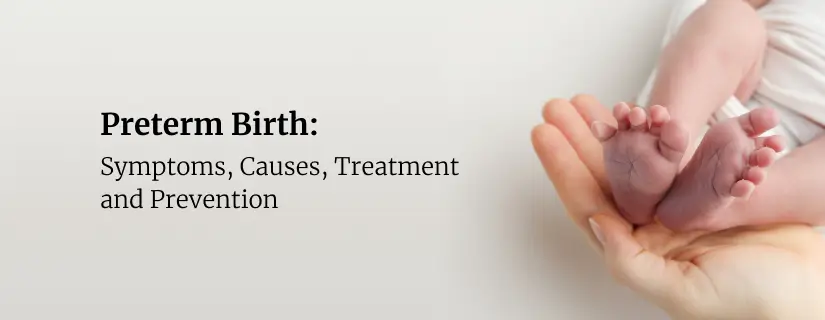
Preterm Birth (Premature Birth): Symptoms, Causes, Treatment and Prevention
13 May 2025
Read More
-
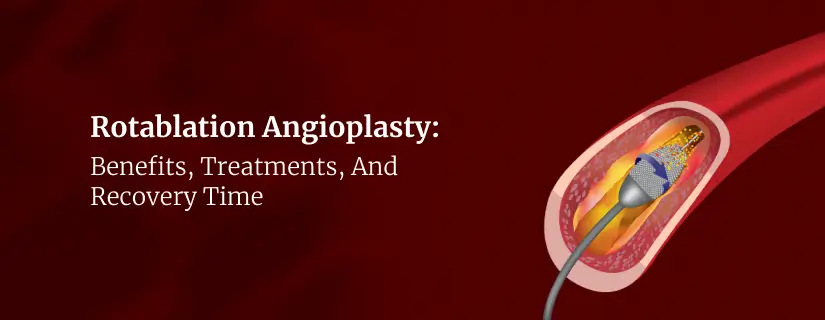
Rotablation Angioplasty: Benefits, Treatments, And Recovery Time
9 May 2025
Read More
-

What Is The Difference Between IUI and IVF?
9 May 2025
Read More
-

Venous Malformations: Causes, Symptoms, and Treatment
30 April 2025
Read More
-

Varicose Vein Foam Sclerotherapy: Treatment, Benefits, and Procedure
30 April 2025
Read More
-

Radiofrequency (RF) Ablation Treatment for Varicose Veins: Know More
30 April 2025
Read More
-

Varicose Vein Sclerotherapy: Treatment, Benefits, and Procedure
30 April 2025
Read More
-

Varicose Vein Endovenous Laser Ablation: Procedure, Benefits, Risks
30 April 2025
Read More
Have a Question?
If you cannot find answers to your queries, please fill out the enquiry form or call the number below. We will contact you shortly.




